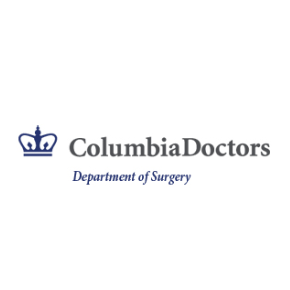Advertisement
Listening to the heart through a stethoscope (auscultation) is the most common screening tool used to assess the function of the heart. Listening to the noises of the heart can help physicians determine whether the heart is beating normally, whether blood is flowing correctly through the valves, or if the valves themselves are damaged.
EKGs show the functioning of the heart's electrical system. Twelve electrodes are carefully placed on the skin to pick up the electrical pattern which can give information about the hearts ability to contract, the size of the heart, and the speed at which the heart is beating. Changes in the heart's electrical signature on an EKG may indicate a previous heart attack or other cardiac condition.
In addition, a variety of advanced imaging tools help visualize the heart's anatomy. Typically the first line of diagnostic imaging, an x-ray reveals the heart's physical structures.
CAT, or CT, scans may help screen for the detection of coronary artery disease by highlighting areas of increased calcium within the coronary arteries. Additionally, CT scans can provide information about the size and shape of the heart and the major arteries that emanate from the heart, such as the aorta and pulmonary artery.
Echocardiography is essentially an ultrasound of the heart. It is a non-invasive test and is painless. It is used to diagnose a range of types of heart disease. Sound waves are transmitted to the heart from a device called a transducer, which is applied to the skin. Once the waves reach the heart, they bounce back across the skin and are stored in a computer. The resulting images can create video used to diagnose the location and degree of valvular blockages and leaks, as well as the presence of heart muscle dysfunction.
MRI has traditionally been used to assess anatomy and heart muscle function, as well as to identify the presence of any scar tissue in the musculature. In particular, MRI scanning can help distinguish between muscle that is impaired but can be improved through medical therapies, surgery, or angioplasty, and muscle that has turned permanently into scar tissue.
MRA was specifically designed to detect coronary artery disease, identifying plaque in the arterial system and determining degrees of narrowing. It can also highlight unstable plaques that may not noticeably limit blood flow but have the potential to suddenly rupture and unexpectedly close an artery.
EKGs show the functioning of the heart's electrical system. Twelve electrodes are carefully placed on the skin to pick up the electrical pattern which can give information about the hearts ability to contract, the size of the heart, and the speed at which the heart is beating. Changes in the heart's electrical signature on an EKG may indicate a previous heart attack or other cardiac condition.
In addition, a variety of advanced imaging tools help visualize the heart's anatomy. Typically the first line of diagnostic imaging, an x-ray reveals the heart's physical structures.
CAT, or CT, scans may help screen for the detection of coronary artery disease by highlighting areas of increased calcium within the coronary arteries. Additionally, CT scans can provide information about the size and shape of the heart and the major arteries that emanate from the heart, such as the aorta and pulmonary artery.
Echocardiography is essentially an ultrasound of the heart. It is a non-invasive test and is painless. It is used to diagnose a range of types of heart disease. Sound waves are transmitted to the heart from a device called a transducer, which is applied to the skin. Once the waves reach the heart, they bounce back across the skin and are stored in a computer. The resulting images can create video used to diagnose the location and degree of valvular blockages and leaks, as well as the presence of heart muscle dysfunction.
MRI has traditionally been used to assess anatomy and heart muscle function, as well as to identify the presence of any scar tissue in the musculature. In particular, MRI scanning can help distinguish between muscle that is impaired but can be improved through medical therapies, surgery, or angioplasty, and muscle that has turned permanently into scar tissue.
MRA was specifically designed to detect coronary artery disease, identifying plaque in the arterial system and determining degrees of narrowing. It can also highlight unstable plaques that may not noticeably limit blood flow but have the potential to suddenly rupture and unexpectedly close an artery.
Continue Learning about Healthy Circulatory System
Important: This content reflects information from various individuals and organizations and may offer alternative or opposing points of view. It should not be used for medical advice, diagnosis or treatment. As always, you should consult with your healthcare provider about your specific health needs.





